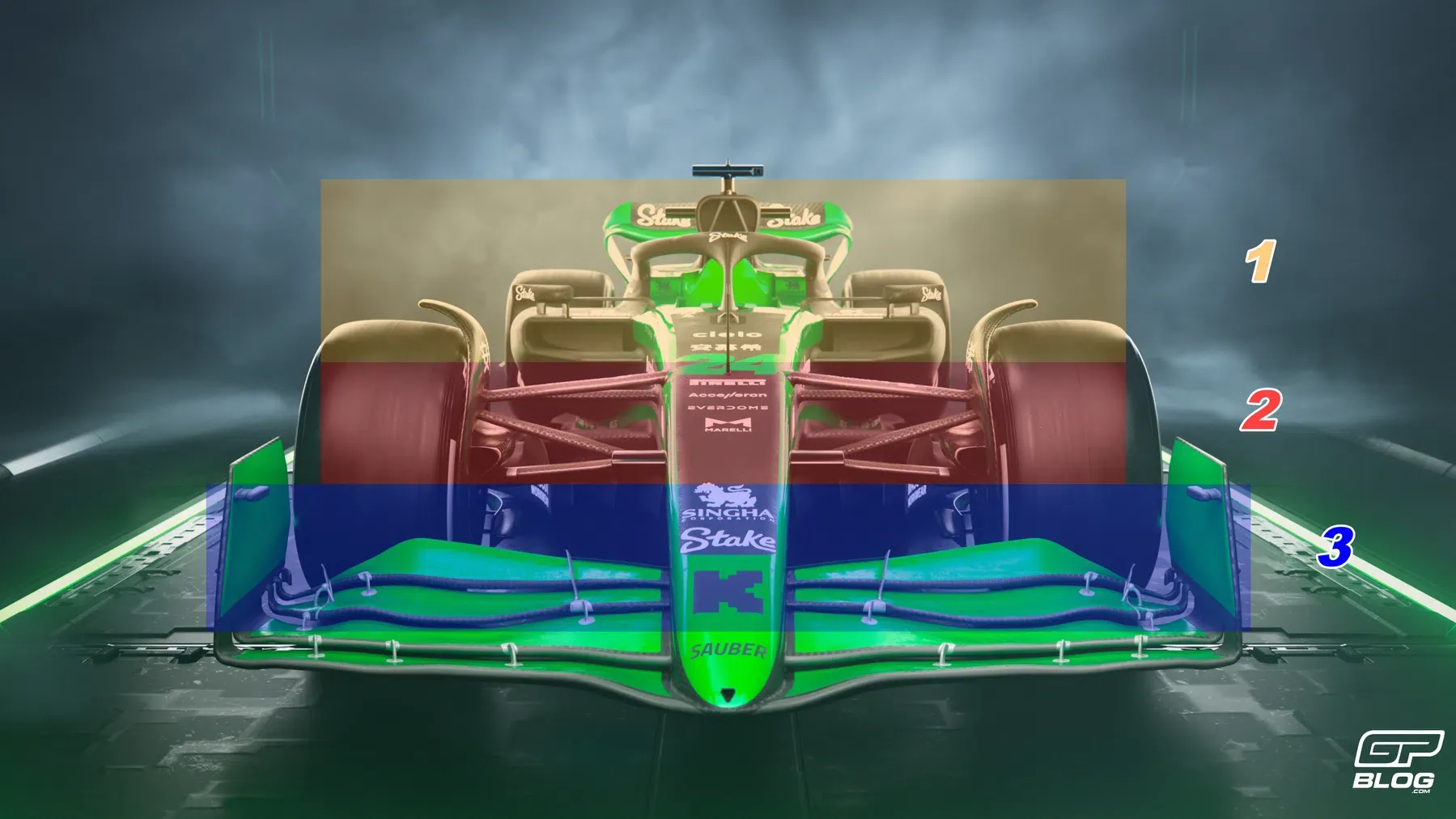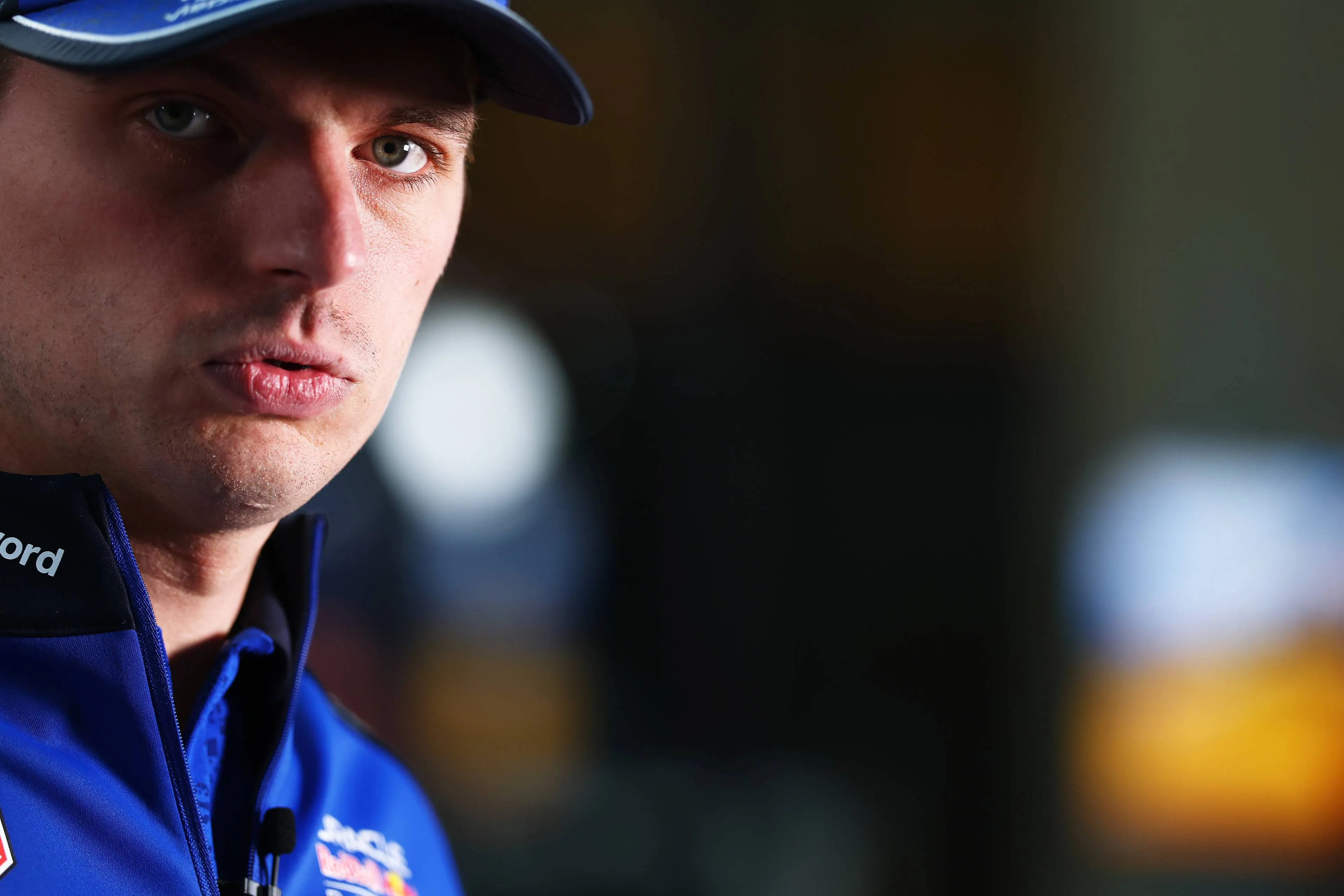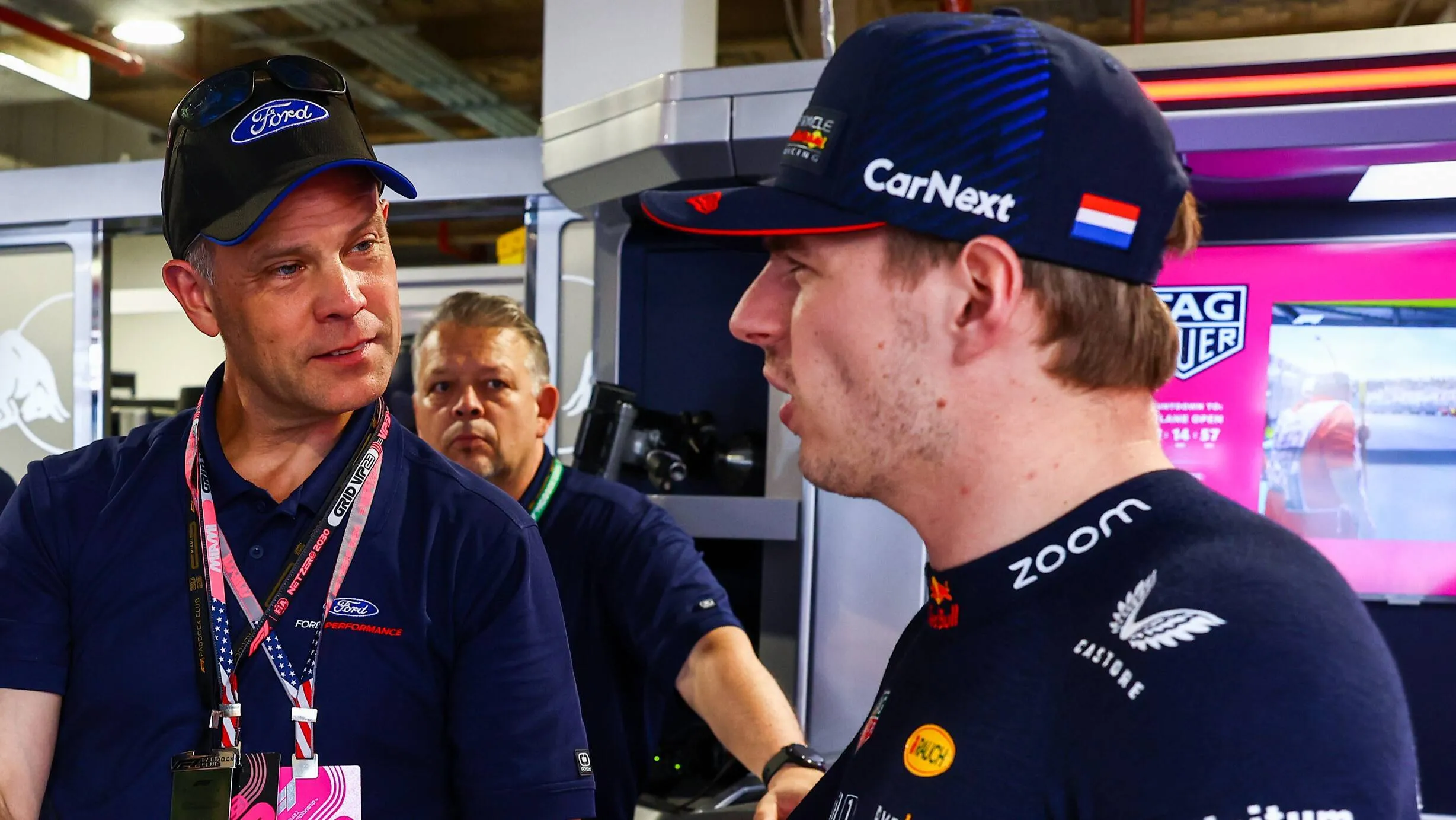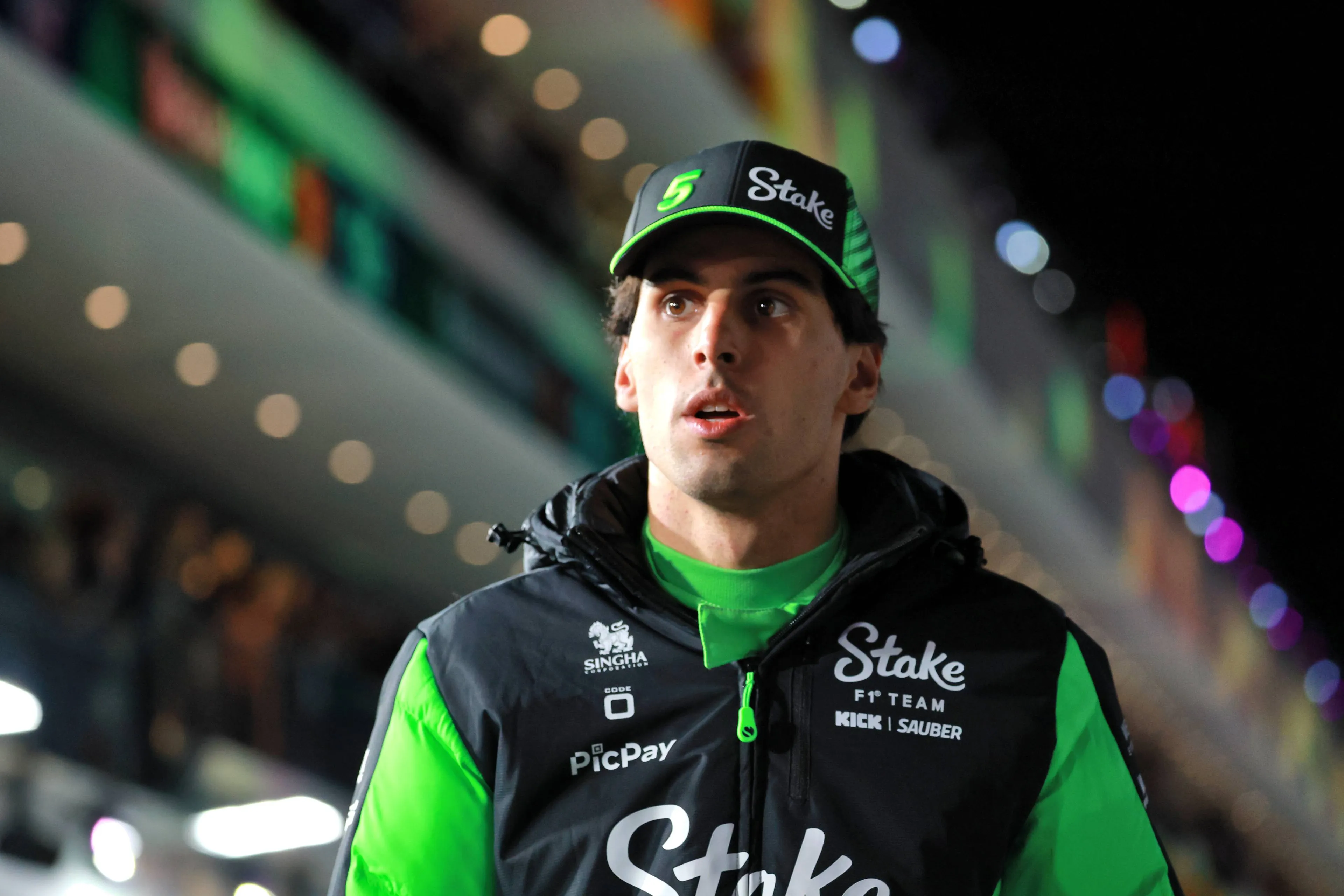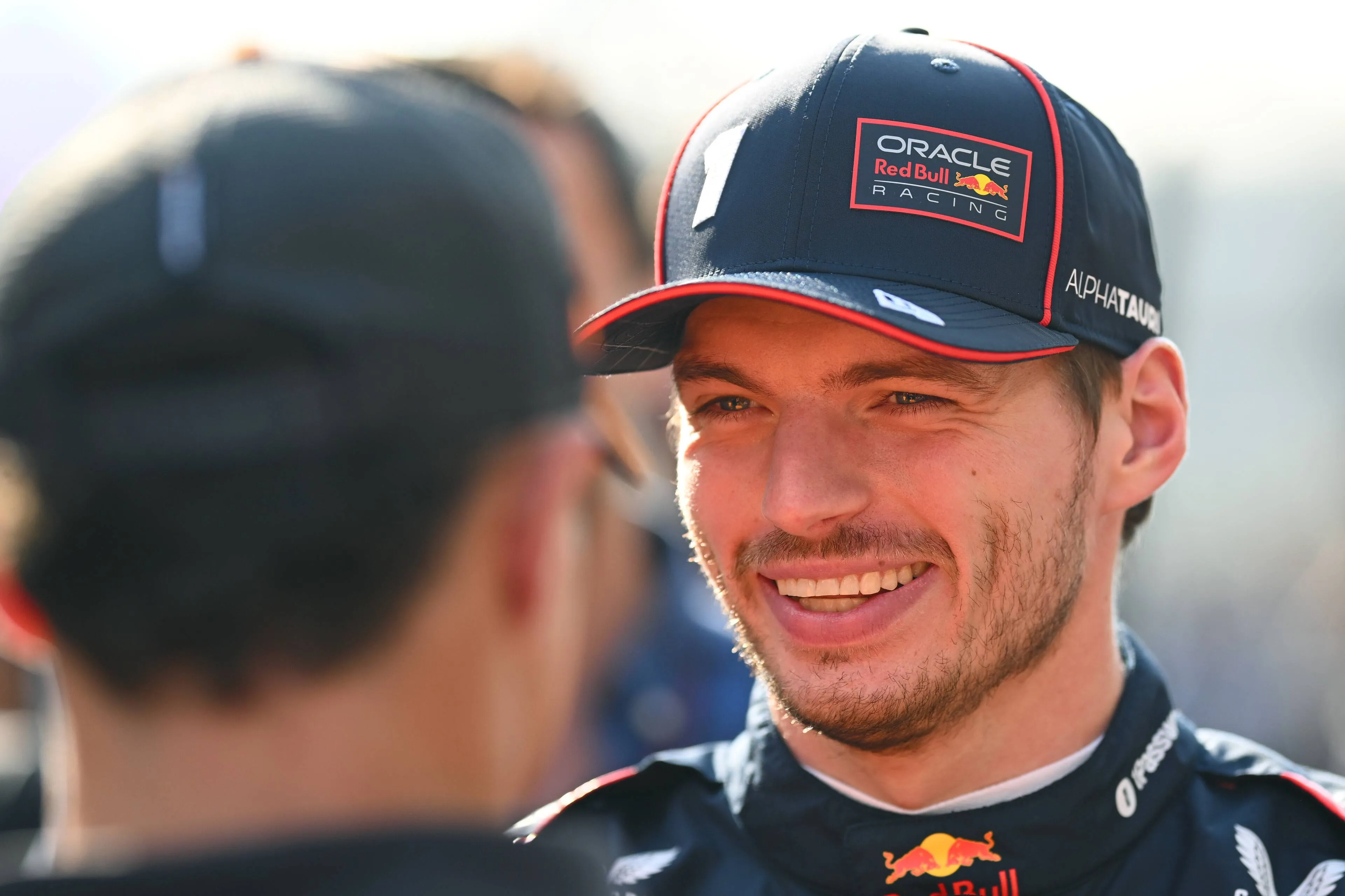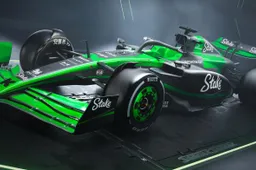With the new C44 shown on Monday evening, the Stake F1 team are the very first one to show a real car in 2024. The Swiss team have presented the car that will have to make the team get back up to the slope and start a new cycle, awaiting for Audi's entry in 2026.
From a technical point of view, the C44 has some completely revolutionary parts, like the new sidepods and the pull-rod front suspension, to follow the most innovative ideas already adopted by top teams in 2022 and 2023. Let’s try to deep dive into the main changes here below.
New front suspension, sidepods and airbox
Apart from the front and rear wings, which are still the one used last year, the new C44 is the result of a lot of work and progress especially in 3 key areas: the sidepod, the front suspension and the airbox.
Starting with the sidepods, they have been profoundly revised, to embrace the philosophy adopted by Red Bull on the RB19. As for the cooling inlet, it has a new ratio, as it is now wider and shallower than before, with the main goal of increasing the air speed at the entrance of the radiators, improving cooling despite a smaller inlet surface. This new solution, in fact, has a very squared lower lip which connects to the chassis very far forward, becoming a proper flow diverter: the goal is to separate the flows intended for cooling and increase the flow directed towards the upper floor, which feeds the diffuser and beam wing.
For this reason, another important change concerned the lower SIS, which is now drowned inside the floor for purely aerodynamic reasons. This positioning has made it possible to create a large undercut under the cooling inlet and also in the lower lateral part of the sidepod itself, creating a "semi-closed" channel both above and below, to drive the air to the rear as much as possible. This new solution underlines the great work done by Ferrari in packaging the radiators and the other elements usually located in the sidepod area.

Another substantial change also concerns the upper part of the sidepod itself, which now takes on a water-slide like shape, to accentuate the Coanda effect and therefore bring more air towards the beam wing and the diffuser.
All these changes have the main goal to increase the car efficiency (a critical aspect on the C43) and generate more downforce not only from the Venturi channels but also from the body of the car, in order to use smaller wings.
Coming onto the airbox, it has a new shape and is a radical change compared to the past: in the previous version, in fact, the C43 had the airbox divided into two main parts: the central airscope and two rearmost air intakes. The new version, however, presents a single round element, in which it is possible to identify the triangular-shaped roll-hoop: this subdivision will be useful not only for withstanding higher loads in terms of impact, but above all it allows to divide the air flow destined to cool the engine itself, with the two lateral portions that should feed the gearbox radiator (positioned at the top to free up space on the sidepods). This solution was seen also on the new Haas and is proof that Ferrari will follow this trend as well.


Finally, the front suspension now shows a pull-rod scheme in contrast with the previous push-rod system adopted until last year: as already happened, the upper triangle is anchored very high, as the front arm is anchored to the highest point of the chassis, while the rear arm is at a lower height, in order to achieve the well-known "anti-dive", i.e. the difference in height between the two arms of the front suspension, useful for improving the behavior of the car during pitching (under braking) and for certain yaw angles.

The real innovation, however, lies in the steering linkage, which is no longer of the push-rod type, but which is now connected to the lowest part of the frame, moving the weights and the center of gravity downwards.
By looking at the front photo of the car it is possible to notice how the technical team tried to divide the car into three "portions" from an aerodynamic point of view: There are the upper portion (1) and the central one (2), which includes the entire suspension area. Then there is the central part of the car and the lower portion (3), which must be as free and undisturbed as possible in order to increase the air flow towards the Venturi channels, increasing the downforce produced.

This trend was already seen last year with both the RB19 and the MCL60, because there were massive benefits from an aerodynamic point of view.
Despite all these new ideas and solutions, the new technical director James Key underlined how there are still many solutions to be fitted on the C44: “The C44 is virtually a completely new car, with a few carry-over areas at the rear of the car. The team had to take an ambitious direction well before I joined: there are many mechanical changes, some of which you can't see at all, but some are very visible. The front suspension is completely new, a tough and ambitious project for a team of our size, there are many aerodynamic changes, too, as would be expected given that this remains the primary area of development - so, overall, the car will really look quite different to last year's car. We took a lot of new, exciting directions, all of which appear to hold quite a bit of potential, so we're looking forward to seeing them on track."
In conclusion, a lot of technical solutions are yet to be seen on this new C44, but the goal of the team will be to score more points than last year and get into the Top 6 in the Constructors' Championship.
Read more about:
Rumors
Popular on GPBlog
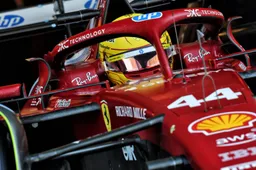
1
'As for Ferrari, disaster already seems to be looming again'
3058 times read
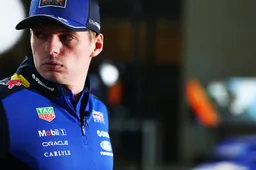
2
Verstappen breaks silence over alleged engine compression ratio trick
2495 times read
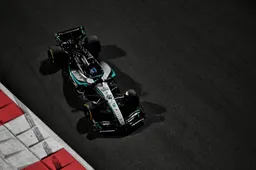
3
Mercedes 2026 power unit faces early teething issues, claims ex-FIA steward
793 times read
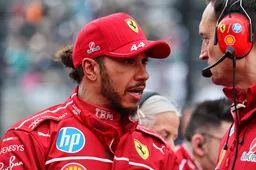
4
The race engineers Hamilton has worked with throughout his F1 career
506 times read
Loading
